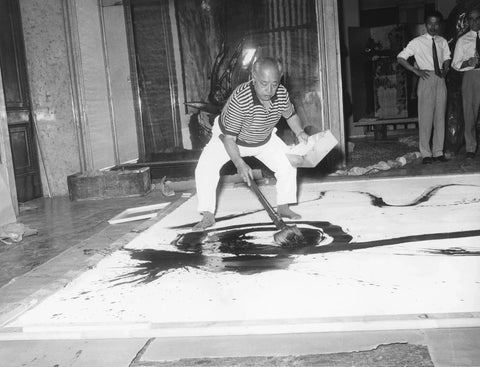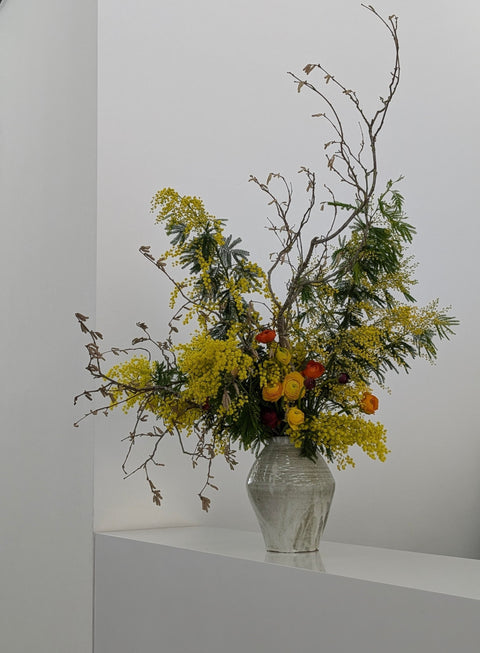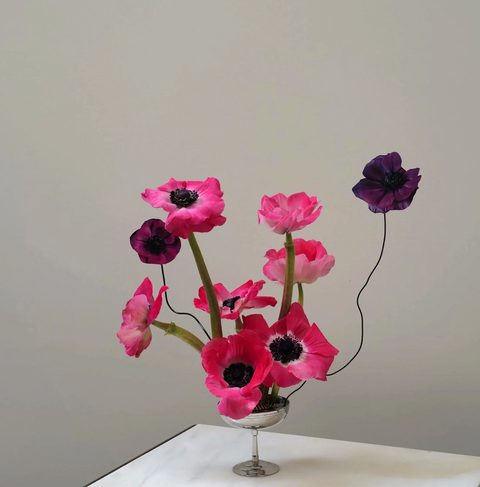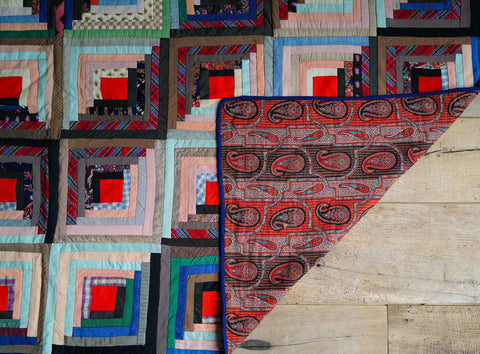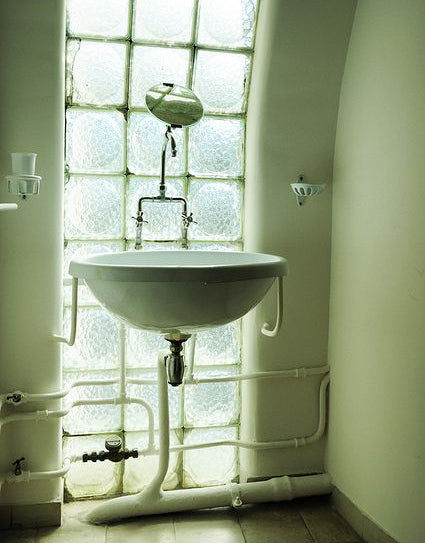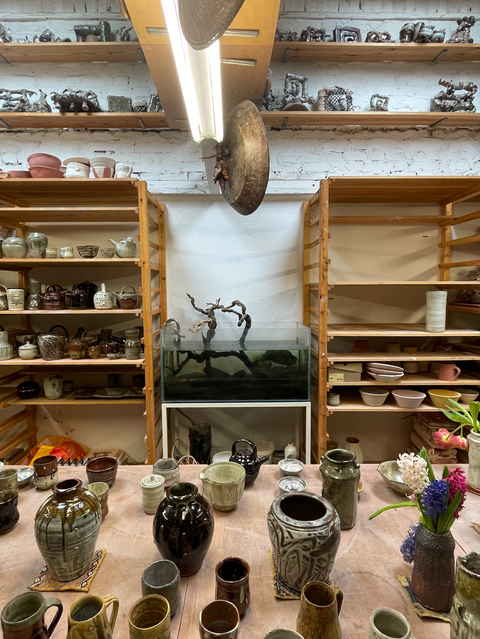
NAUM HOUSE MEETS TROY TOWN Interview with Aaron Angell
AA: Troy Town started in 2014 to address what I saw as a lack of craft within artists’ ceramics, and conversely to address what I saw as lack of coherent taste and sophisticated image-making within craft proper (on the whole!). We try to advance ceramics as a good material for art-making by meeting somewhere in the middle. It has always been my studio, too, so the programme has generally been led by whatever I am interested in exploring. We fire with gas and wood and offer a unique prospect to artists in London wishing to work with ceramics. Over the years, the pottery has grown into an important resource for artists in London, a training centre for local young people, and a popular shop selling fine reduction-fired stoneware to support our artist programme.
Things are changing at Troy Town, we are about to hire a studio manager to work under me for the first time, so I will eventually be able to run the place like an artistic director. Alongside our artist residency programme, we run a youth programme which trains local young people to produce artisanal terracotta pottery for the garden. In the coming years, we would like to work toward a physical expansion of our space to accommodate more youth work and other outreach programme…

NH: Why are you so passionate about Anglo-Japanese pottery specifically? How did this come about? What first attracted you to this specific genre of ceramics?
AA: I suppose the main thing to say is that this is a style and process which is possible in the city, but is much elevated in comparison to electric kiln firing, which (mainly!) yields flaccid, cold, results. I don’t see the purpose of ceramicists producing work containing the same banal surface treatments one can find in Ikea or Liberty. So, firing with gas reduction, and using ash glazes and other classical Japanese and Chinese glazes is something appealing to me and other artists who have used Troy Town.
We are a space for artist sculpture but in a backwards kind of way we became a normal pottery on the side, and now produce a lot of fine teaware and other ware which is broadly in the mashiko-yaki tradition, though with a lot of shino work, oribe, etc too, which is not typical.

NH: Can you tell us more about the process and materials and technique used to make this specific collection of pots with Naum House? Why do you choose to fire with charcoal and wood as opposed to electricity?
AA: The ‘chun’ glaze on these pieces is based around the use of apple ash in the glaze body - we burnt only coppiced apple wood in our wood-burner for the last two winters, to produce a 10-kilo supply of this material. Chun is a classical Chinese glaze which has been reverse-engineered here to work with western materials. It has an extremely subtle blue tinge to the ash-white base, which is a result of structural colour (reflection) in the glaze surface, rather than a dyed glaze.
NH: How did you learn these methodologies?
AA: Books, secrets, endless trial and error, wasted time, wasted money, dead ends, back breaking labour…

NH: How does your art practice influence your approach to creating functional vessels?
AA: I only learned to throw on the wheel when I was making a piece of work that required multiple cylinders and curved walls I learned to throw cylinders and then realised I could throw pots…. the early ones are very bad of course but it quickly became a good way to support our programmes, especially during the pandemic. It’s quite straightforward - if you make a product that is better than 90 percent of what is available in the shops, even in a place like London, and sell it for a good price, people will buy it. In terms of influence, my work itself has always been influenced in part by the more ‘extreme’ wares of Iga-yaki and Shigaraki-yaki from Momoyama-period Japan, so the jump is natural although I do not consider pots my work. I consider it to be design work, which is increasingly produced by others under my direction.
NH: What are a few of your favourite books on ceramics?
AA: There aren’t many good ceramics books in the English language apart from a few technical ones…most of them teach people to competently make quite awful work. One exception would be Phil Rogers’ Throwing Pots. I also really like a series called Nippon toji zenshu (a pageant of Japanese Ceramics) published in Tokyo in the early 70s. It covers all the major regional traditions with beautiful selections and incredible photographic reproduction for the time.

NH: If you could get any artist dead or alive to do a residency, who would it be and why?
AA: Kato Tokuro, mainly so I could pick his brains about kiseto glazes.

NH: Anything exciting coming up in the Troy Town orbit?
AA: Our next sales will be in late October and again around Christmas, and we will be reopening our artist residency programme soon. We are currently exploring structured giving from individuals to support Troy Town for a 2-year commitment, with the potential for further support for a future capital project.
SHOP THIS STORY


